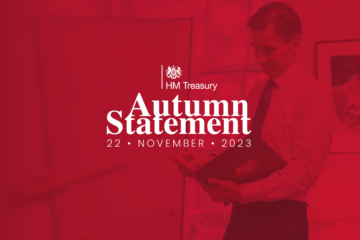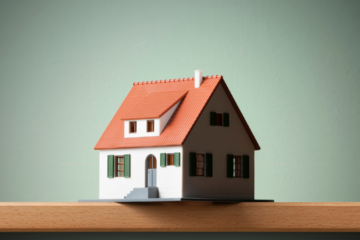A simple guide about leasehold property
What you should know before buying one, or if you already own one.
The Government has made a commitment to make leasehold agreements “easier, faster, fairer and cheaper.”
So, what does it mean to be a leaseholder or potential leaseholder?
All property is owned by a freehold owner, however a freehold owner (sometimes called a “Landlord) can create a leasehold interest in a property by granting a lease over their land, allowing the leaseholder (also known as a tenant) to occupy and use the land for a specific period of time for a specific purpose.
Most commonly, with regard to residential properties, the “land” is part of a larger property such as a flat in a block of flats. Though any property could be subject to a lease. When you purchase a leasehold property, there will be a number of conditions set out in the lease agreement and, as the leaseholder, you will agree to abide by those conditions.
What kind of conditions can be part of a lease agreement?
There are almost no limits on the conditions that could be included in a lease agreement, but here are a few of the most common ones.
- Whether you can have any pets in the property
- Details of additional costs such as regular administration charges, ground rent or service charges that go toward the upkeep of communal areas.
- What alterations you can make to the property, if any.
- If subletting is allowed
There will be others, so before buying a property you must see a copy of the lease and seek expert advice about what terms and conditions you are agreeing to before proceeding with the purchase.
What is the ‘term’ of a Lease?
All Leases are granted by the Freeholder for any specific number of years, this is known as the “term”. Terms of 99, 125 and 999 years are often used, but, unless you are buying a property with a new lease agreement, you will be likely to be purchasing a property with a remaining term on a lease. This is because the same lease is passed on every time the property is sold, so the length of the lease keeps reducing.
Once you have owned a leasehold property for two years or more, you will normally have the right to extend the lease by an additional 90 years. If the lease falls below 80 years remaining you still have this right but you will generally have to pay an increasing premium to the freeholder for this extension, as well as meet any legal costs involved.
It is extremely important to seek professional advice, especially if the lease on the property is below 85 years remaining. Most mortgage companies will only lend on a lease that has more than 80 years remaining.
If you are selling a property you can calculate the remaining term of your lease by finding the original lease term on the lease, or Land Registry Register of Title, and deducting the current year.
The Government fund an independent organisation that gives very good information regarding leases which can be found here.
Property with very short leaseholds may become unmortgageable. Learn more about why a house might be unmortgageable here.


